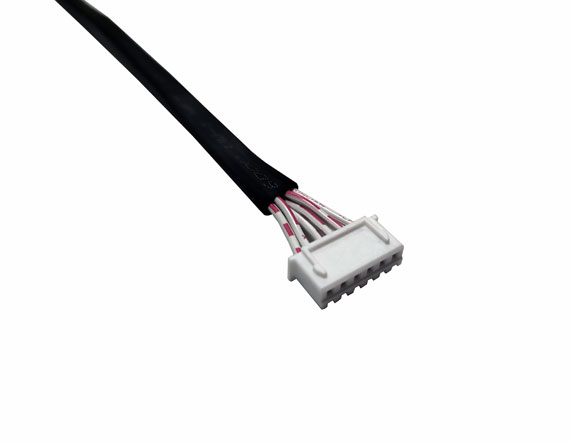
In any electrical system, signal terminal wire plays a critical role in enabling effective flow of electric current, ensuring proper communication and functioning of various components. Signal terminal wire acts as a connector, transmitting electrical signals between different parts of the system, allowing for seamless and reliable operation.
Signal terminal wires are typically comprised of conductive materials such as copper or aluminum, which offer low resistance to electric current flow. These wires often have a protective insulation layer, made of materials like PVC or rubber, to prevent any short circuits or damage from external influences.
Furthermore, signal terminal wires can come in various gauges or thicknesses, depending on the specific application and current carrying capacity required. Thicker wires are used for higher voltage or current applications, while thinner wires are suitable for low-power devices.
Signal terminal wires can be connected to electrical components through different methods, including crimping, soldering, or using connectors. Crimping involves compressing the wire onto a terminal using specialized crimping tools, ensuring a secure and durable connection. Soldering, on the other hand, involves melting a metal alloy onto the wire and terminal for a strong bond.
Connectors, such as terminal blocks or plugs, provide a convenient way to connect and disconnect signal terminal wires without having to modify the wire itself. These connectors often have specific designs that ensure proper alignment and secure connections, reducing the risk of loose or intermittent connections.
Proper installation of signal terminal wire is crucial to ensure optimal system performance and safety. Each wire should be correctly identified and connected to the appropriate components or terminals. It is important to follow proper wiring diagrams and guidelines provided by manufacturers to avoid any operational issues or hazards.
Additionally, adequate protection should be provided to signal terminal wires to prevent physical damage or exposure to environmental factors. Using conduits, wire ducts, or cable trays can help organize and shield the wires from potential hazards, such as moisture, heat, or mechanical impact.
When problems arise in an electrical system, signal terminal wire issues can be one of the potential causes. Common problems include loose connections, damaged insulation, or incorrect wire routing. Careful inspection of the wire connections, measurement of electrical continuity, and visual examination can help identify and rectify these issues.
In cases where signal terminal wires need to be replaced or repaired, it is important to use wires of the same specifications and quality to maintain system integrity. Consulting with knowledgeable professionals or referring to equipment documentation can provide valuable guidance in troubleshooting and resolving any signal terminal wire problems.
Signal terminal wire technology is continually evolving to cater to the increasing demands of modern electrical systems. Advancements such as improved insulation materials, higher current carrying capacities, and enhanced flexibility are being researched and implemented to meet the evolving needs of various industries.
Moreover, the integration of signal terminal wire with sensing capabilities, such as temperature or humidity monitoring, is a promising avenue for the development of smart electrical systems. These innovations are aimed at improving system efficiency, reliability, and overall performance.
Signal terminal wire forms the backbone of electrical systems, enabling seamless communication and functioning of various components. Understanding its construction, different connection types, proper installation practices, and troubleshooting techniques is essential for ensuring efficient and safe system operation. With ongoing advancements in technology, signal terminal wire will continue to adapt and evolve to meet the evolving needs of the electrical industry.